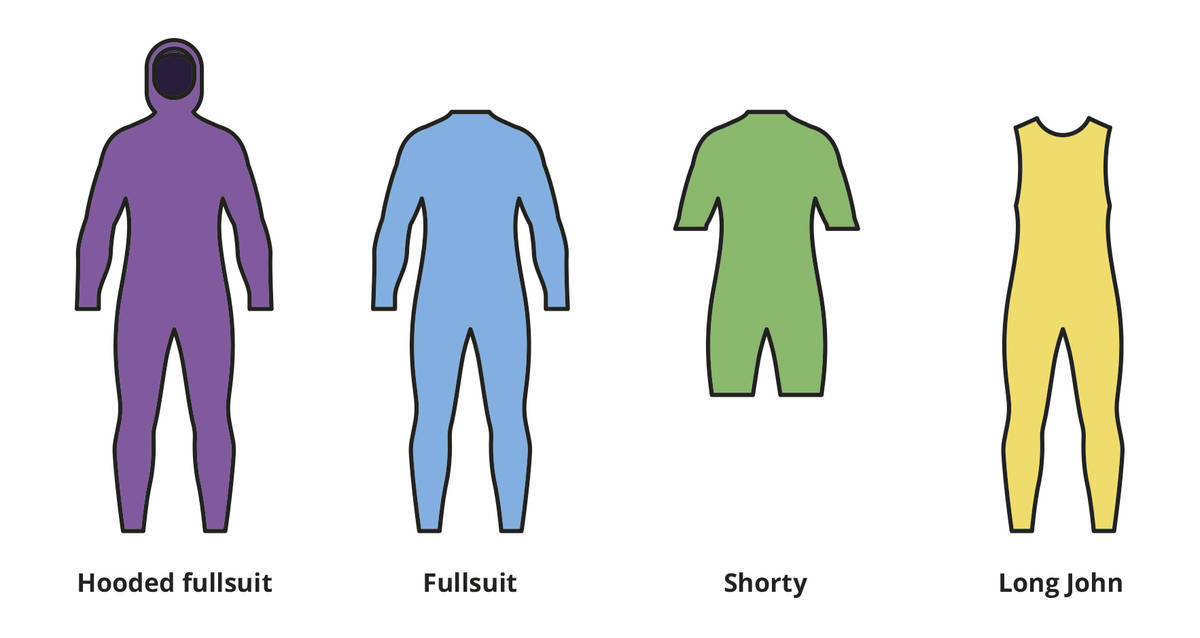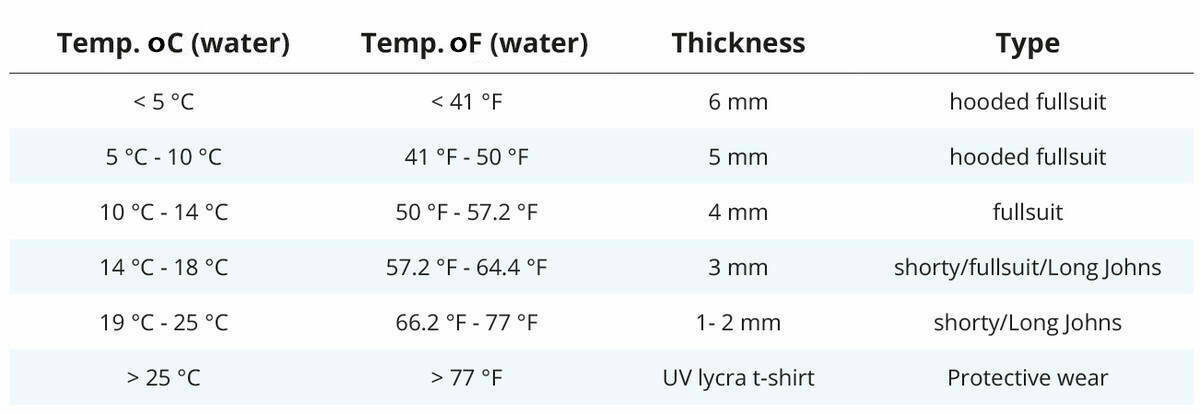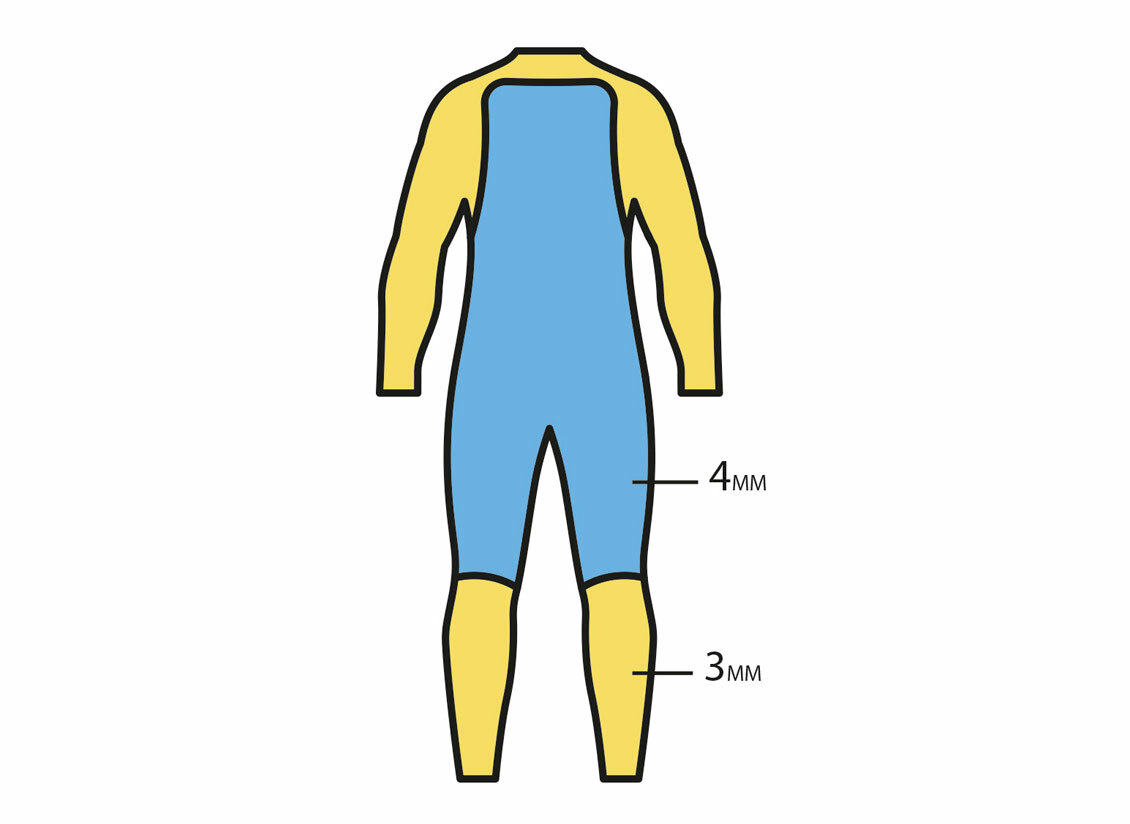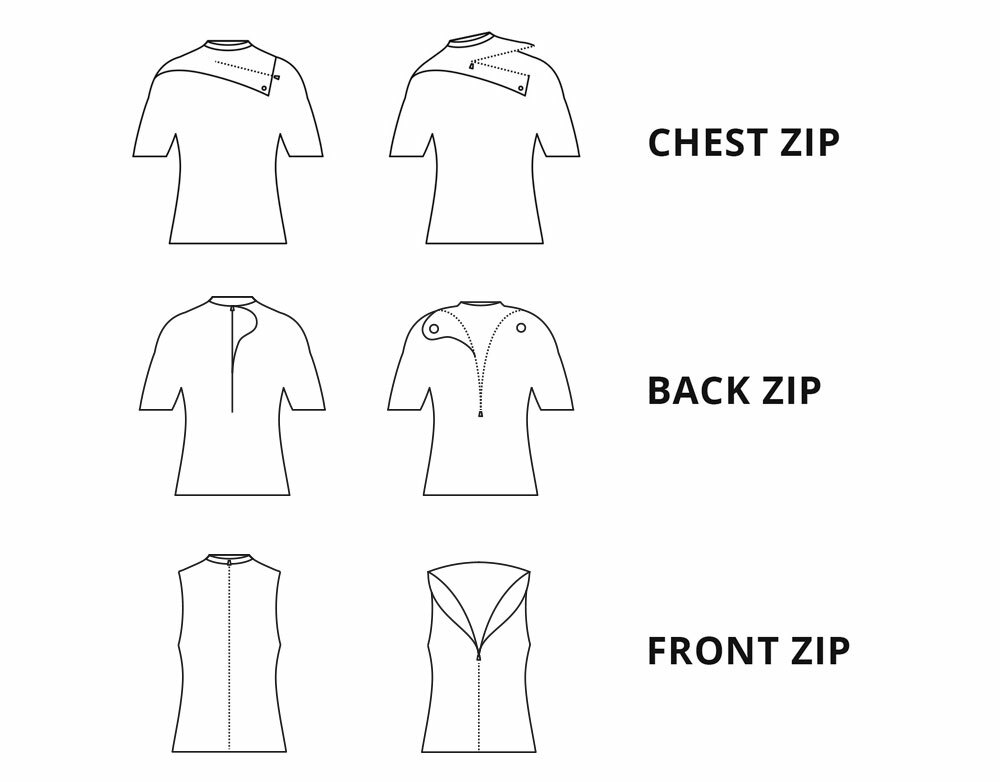Purchasing a Wetsuit
When obtaining a new or your very first wetsuit, consider these crucial factors:
- its purpose and location of use
- thickness
- design
Wetsuits are neoprene garments designed for water activities like surfing, wakeboarding, and kitesurfing, among others, and recreational pursuits such as tubing. They provide warmth and comfort in the water. Children's wetsuits are also frequently used as protective layers against sun and cold water.
Many people tend to believe that wetsuits are meant to keep them dry, yet they actually function by holding a thin layer of water that your body heats.
1. Wetsuit Types and Thickness: Considering Temperature as a Key Component
Before delving into specifics, it's important to determine your preferred water sport. Generally, there are four major styles of wetsuits: hooded fullsuit, fullsuit, shorty (also called spring suit), and Long Johns. Variations exist, such as a full suit with short sleeves or a shorty with long sleeves.

Since the primary function of a wetsuit is to maintain warmth, selecting the right type depends significantly on the temperature of the water/air for its use. Chill factor should also be taken into account.
For instance, wind sports like surfing, kitesurfing, and windsurfing require thicker, warmer wetsuits. At the same time, they need to be flexible and robust, so purchasing a high-quality wetsuit is essential. Wave skimboarding follows the same principle. In these categories, starting with a full suit is advisable, followed by a long-sleeve/short-sleeve shorty.
In contrast, inland surfing, typically done in warmer, calmer waters, necessitates less bulky suits for activities like wakeboarding, flatland skimboarding, and waterskiing. Here, the ideal initial purchase is a shorty (long/short-sleeved), with a fullsuit being the secondary choice for the winter/off-season.
For activities like SUP and kayaking, a Long John is often used (and a windproof layer required if needed) since the constant movement of shoulders and arms can be challenging and uncomfortable in a heavy fullsuit.
We've created a table to help you pick the correct thickness and wetsuit kind depending on the type of water you'll engage in. Therefore, it’s crucial to research your destination beforehand.
Remember that while the chart provides guidance, the decision also varies based on individual preferences and requirements. Ultimately, you must stay warm and comfortable!

2. Understanding Thickness Measurements
Temperature adaptability varies with activity level, outdoor temperature, and personal weight. Keep these variables in mind. The UV Lycra mentioned for the warmest settings is a protective t-shirt against sun exposure.
Neoprene thickness isn't always singular in measurement terms. What if there are two or even three numbers divided by a slash?
The first number refers to the thickness at the torso/hip region, while the number following the slash (or the third number) denotes arm and leg thickness. In case of three numbers, the first is the torso, the second is the legs, and the third is the arms. For example, 4/3 mm implies a torso thickness of 4 millimetres, and 3 millimetres for arms and legs. A 4/3/2 mm wetsuit would have 4 mm in the torso, 3 mm in the legs, and 2 mm in arms. This arrangement maintains a comfortable core temperature yet allows mobility for arms and legs.

3. Size and Design: Crucial Considerations
Size
Selecting the appropriate size is vital, as a snug fit ensures better insulation without causing discomfort. A wetsuit that fits properly should feel like a second skin, trapping a thin water layer (without excess tightness). To check this fit, raise your arms above your head and stretch. It should slightly restrain but not hinder movements. Perform some squats and simulate paddling - if you can manage these, the fit is likely adequate.
A good wetsuit should grip the neck area well (without choking), as it is a potential water entry point.
Wetsuits are often available in standard sizes - XS, S, M, L, XL, XXL - or their UK counterparts - 4, 5, 8, 10, 12, 14. However, you might encounter an 'S' or 'T' after the size, symbolizing short or tall variations. ST stands for small/tall.
Design (Zippers and Seaming)

Design impact, like water entry from the neck, has already been discussed. Zipper types and seaming play crucial roles in determining the extent of water entry/exit. Less is preferable.
Chest zips effectively prevent water entry because they make it harder for water to pass through, providing more warmth. They represent a relatively modern design;
Back zips allow easier water access (also easier entry to the wetsuit) but tend to be colder. This older design facilitates effortless access and is generally cheaper compared to the chest style;
Front zip offers easy access for both the wearer and water, and usually, these wetsuits feel colder compared to others.
Also, the seaming influences warmth retention and water blockage.
Flatlock stitching signifies external and internal stitching of the neoprene panels;
Sealed denotes blind stitching and gluing of panels to prevent water penetration, required for colder temperatures;
Sealed and taped adds an inner tape over glued seams for further warm air retention.
4. What Defines a High-Quality Wetsuit?
Neoprene appears in varying quality levels, much like other commodities. High-quality neoprene contains more air, delivering superior insulation and warmth. Moreover, it should be durable and flexible.
In essence, an exceptional wetsuit limits water penetration, offers a good fit and insulation, while being stretchy and durable. Typically, more stretch equals decreased durability, but top-tier wetsuits achieve both. The best wetsuits are often 1 mm thinner yet more durable, offering better stretch, comfort, and equivalent insulation to thicker models due to high-quality neoprene.
Prepared for Water Adventures?
To summarize:
- Initially, determine the sport and location you'll engage in
- Consider the water temperature
- Select the correct size
- Opt for an appropriate design
And lastly - enjoy yourself!
